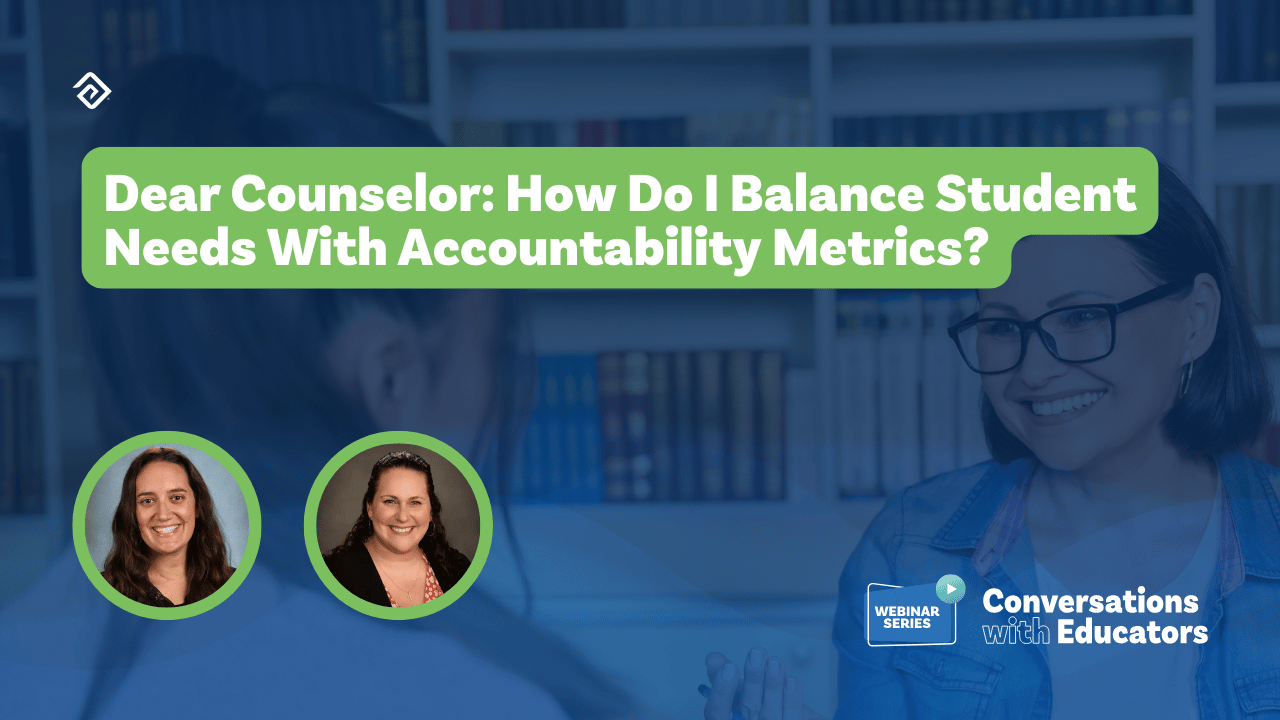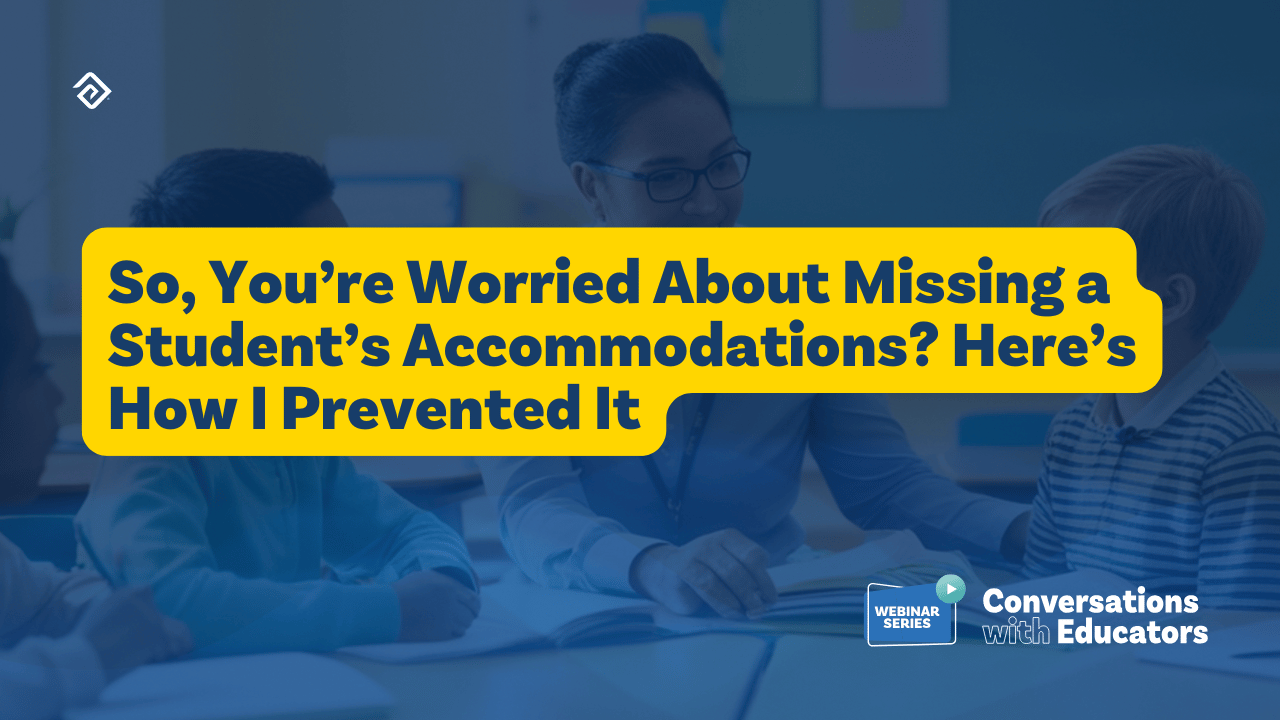Student to Teacher Ratio: Impact on High School Student Success
The student to teacher ratio refers to the total number of students in a school compared to the number of teachers. It is typically expressed as a ratio, such as 20:1, meaning there are 20 students for every teacher. Ideally, schools should strive for a lower ratio, to create smaller class sizes and promote student-teacher relationships that allow for individualized instruction that can bolster student achievement.
Why Student to Teacher Ratio Matters
Class size is a key factor that affects how well teachers can perform and how effective learning will be for their students. A larger student-teacher ratio often impacts the teacher’s ability to be readily available to offer their best during classroom instruction and throughout the day. In many cases, this can lead to:
- Less personalized attention
- Reduced engagement
- Potentially lower academic outcomes

A larger student-teacher ratio can lead to burnout because teachers have more students and less time to support their instructional ( and social/emotional) needs.
On the other hand, when teachers work with fewer students, they’re more likely to establish a healthy mentoring relationship with each one. This way, teachers can easily adapt their teaching methods to suit students’ learning styles. Providing this level of individual attention is much more challenging in a larger classroom.
Several studies show that having fewer students for each teacher can lead to positive outcomes, such as:
- Better test scores
- Fewer students dropping out
- More students graduating
A lower student-teacher ratio means less workload for teachers. As a result, they can focus on providing students with a quality education.
What Is the Student to Teacher Ratio in the United States?
According to USAFacts, the average student-teacher ratio in the United States has been around 16:1 for the past twenty years. This ratio reflects the overall average across all public schools in the nation.
However, the number of students per teacher varies from state to state. For instance, with a ratio of 11:1, Maine has one of the lowest student-teacher ratios in the United States. In contrast, California has one of the highest ratios, at around 22 students for every teacher.
These variations along with student needs can be strong indicators of how well teachers are doing and how they affect students’ learning. These ratios show how education policies and school funding can influence class sizes and teaching conditions in schools across the country.
What Is a Good Student-Teacher Ratio?
While there is no one-size-fits-all ratio, lower ratios are generally better. Figuring out the ideal student to teacher ratio is important because it helps schools create an environment that supports effective learning.
However, several factors can cause these numbers to vary from school to school and even between states. One reason is budgeting. Hiring more teachers for smaller class sizes usually costs more. Another reason is the type of school. Private boarding and day schools often have lower student-teacher ratios and smaller class sizes, while public schools tend to have higher ratios.
Recommended Student-Teacher Ratio for High Schools?
While there is no universally accepted number, many experts recommend a student-teacher ratio of between 10:1 and 18:1 for high schools.
This means that for every 10 to 18 students, there is one teacher. This ratio is important because it helps create a good learning environment where teachers can give more personalized help to their students. With a ratio in this range, teachers can pay more attention to each student’s individual needs, making it easier to adjust instruction and offer extra support when needed.

Benefits of Lower Ratios
Smaller classrooms provide a huge advantage for both students and teachers as the environment promotes higher engagement and instructional discipline that can lead to better overall performance. Students can participate more actively in discussions and activities, which can build a sense of community and teamwork among peers.
A lower student-teacher ratio also offers other benefits:
- Reduces stress for both students and teachers.
- Allows teachers to manage their classrooms more effectively.
- Makes students feel more comfortable in their learning environment.
Which Students Benefit Most From Lower Ratios?
All students can benefit from lower student to teacher ratios, but some groups gain even more from smaller class sizes. Students who usually see the biggest advantages include:
Students From Low-Income Households
Statistics from the National Dropout Prevention Center show that students from low-income families are more likely to drop out of school compared to their peers from middle- and high-income households. However, when these students are in a setting with fewer peers, they tend to develop important skills that help them perform better and succeed in school.
Students With Learning Challenges
Students with disabilities or those who face learning challenges tend to find smaller classrooms particularly helpful. In smaller classes, students with learning disabilities have a higher chance of getting more personalized support, intentional resources and materials to help them thrive.
Students From Minority Groups
Smaller student-teacher ratios, and by extension, smaller learning environments, tend to encourage students from minority backgrounds to participate more actively in class activities. In smaller classrooms, these students are more likely to receive the same level of attention as their peers from the majority groups. This individual attention goes a long way to boost their confidence and motivation.
How Low Ratios Impact Teacher Satisfaction and Retention
Here are a few important ways that smaller student-teacher ratios can enhance teacher satisfaction and retention:
- Increased Job Satisfaction: Teachers in smaller classrooms tend to feel more satisfied with their jobs. With fewer students, they can focus more on quality teaching and mentoring, which can make their work more rewarding.
- Higher Retention Rates: Satisfied teachers are more likely to stay in their roles and in the same school for the long term. This stability helps schools maintain experienced teachers, which is a huge benefit for students.
- Overall Quality of Education: Retaining happy teachers contributes to a better learning environment. Consistent staff encourages strong relationships with students and enhances the school community.
Improving Student Success With Pathways
A good student-teacher ratio is important for creating and maintaining a positive learning environment that reduces teacher workload and gives students personalized attention that impacts their success.
Education Advanced supports education by providing educators tools that automate tasks, streamline district and campus processes that improve the learning experience. How we can support:
- Evaluation: A solution for documenting every step of the staff evaluation process, including walk-throughs, self-evaluations, supporting evidence, reporting, and performance analytics.
- Pathways: A graduation tracking tool that enables administrators and counselors to create, track, and analyze graduation pathways, ensuring secondary students stay on track to graduate.
- TestHound: Our test accommodation software helps schools coordinate thousands of students across all state and local K-12 assessments while considering various accommodations, such as for reading disabilities, physical disabilities, and translations.

More Great Content
We know you'll love



